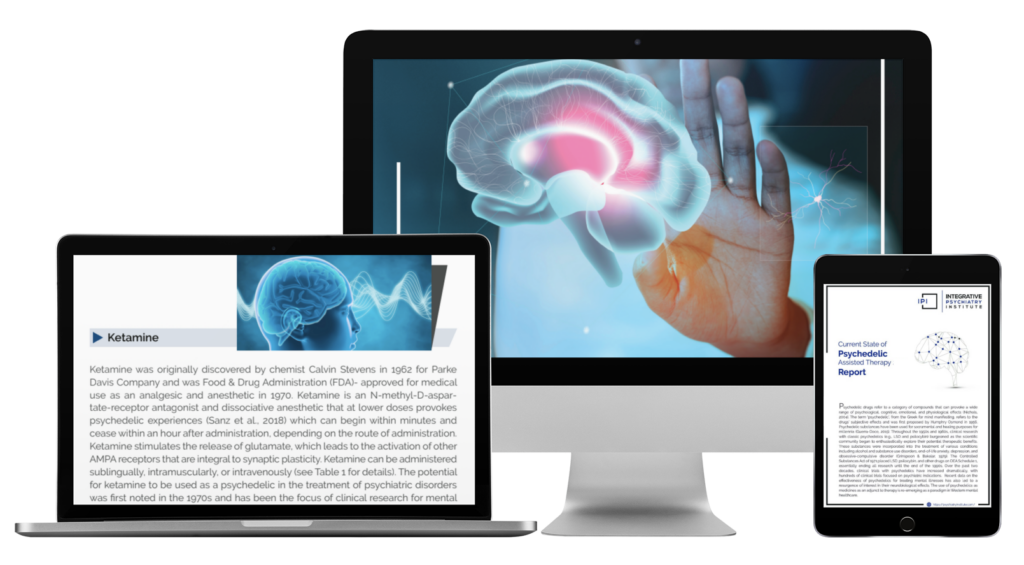
The Microscopic Universe Within All of Us
The human body is a complex ecosystem teeming with trillions of microorganisms that make the microbiome. Emerging research provides more and more evidence for the important health implications of eubiosis, or microbial balance, across different body niches like skin, lung, oral, and gut microbiomes. We now know that these microbiomes, valuable players on their own, work in parallel to influence multiple body systems and brain functioning. Scientists are beginning to uncover the intricate relationship between the gut microbiome and social determinants, revealing how these microscopic inhabitants mediate the impact of the social environment on biological underpinnings of whole-body health and wellbeing. Understanding the gut microbiome through a sociological context may help support a more integrated view of health in the United States, highlighting community-based solutions as well as individual treatments.
One particularly powerful body niche, the gut microbiome, resides within the gastrointestinal tract and plays a fundamental role in digestion, metabolism, and overall health. The gut microbiome has gained a lot of attention due to its association with a host of inflammatory, metabolic, and cardiovascular diseases, as well as its effects on mental health. Considering that the gut microbiome is rapidly manipulated by diet, many clinicians are excited about orienting toward the gut microbiome as a direct target of lifestyle intervention.
One of my favorite quotes from microbiome researcher Rob Knight goes something like, “When we focus solely on human genetic studies, we ignore the 99% of genes that we can change.” I might even take this sentiment further. When we focus solely on lifestyle or medication treatments for the benefits of human biology, we ignore all the physiological interactions that take place as a result of altering microbial composition and functioning.
Social Determinants of Health
Social determinants of health are non-medical factors that impact health and wellbeing. They encompass a wide range of factors, including socioeconomic status, access to healthcare, and exposure to discrimination and stress. These determinants are not distributed equally in society, leading to health inequities. For example, historical and systemic discrimination embedded in U.S. policy has tended to create identity-based and cultural separation of communities; within these communities, there is more or less access to unprocessed foods, safe water, green spaces, and places to exercise. It may be supportive to consider socially-influenced environmental factors that impact nutrient intake, exposure to noise, light, and air pollution, interaction with “beneficial” microbes, and blood pressure (and nervous system) regulation. Trauma- and stress-related disorders are another social justice issue; marginalized groups that experience oppression and pervasive stressors like microaggressions show higher rates of gut imbalances. Additionally, the microbiome is “social,” in that microbes can pass from person to person. Social structures may support the transmission of pathogenic or symbiotic bacteria.
Conclusion
As we acknowledge relationships between the microbiome and wellbeing, we are reminded that health is profoundly intertwined with the dynamic interplay between political, economic, and societal forces. Embracing this complexity paves the way for a more comprehensive and inclusive approach to mental healthcare, where both individual and societal factors are considered in prevention and treatment.
Stay tuned for Part 2 of this “Microbiome and Social Equity” post to learn more about how the microbiome mediates health through social determinants of health!







